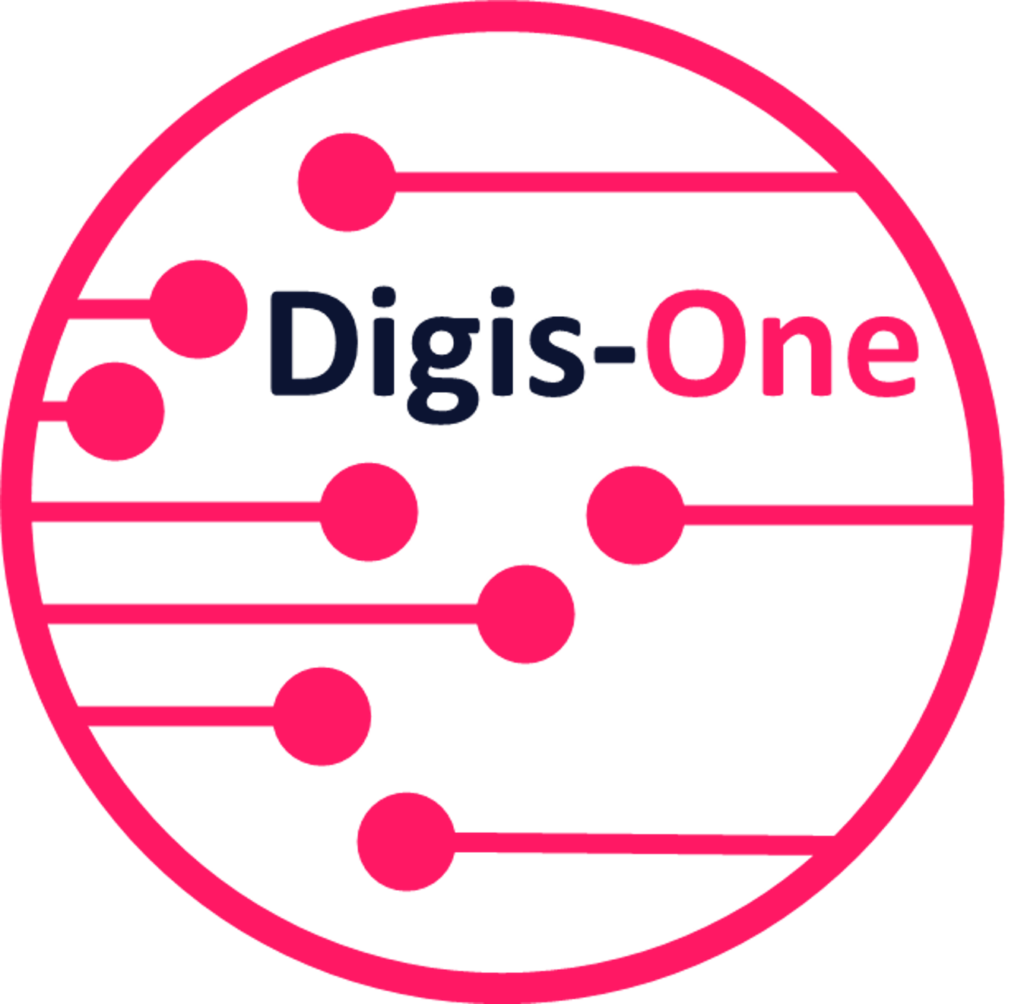Why do telecom networks need a Unified Fault Management solution?
Digis-One is a Unified Fault Management (UFM) solution, delivering multi-vendor and multi-technology carrier-grade capability for telecom SOC (Service Operations Centres) and NOC (Network Operations Centres). But why is it needed?
Mobile networks today are a patchwork of systems, with solutions from multiple-vendors, becoming more complex as layers of IoT and 5G capability are added – the result of decades of commercial decisions, technology availability, and technical strategies. As the telecom sector is inherently defined by international standards, this mix-and-match approach should deliver a coherent system, but there are some critical elements which struggle to work together.

Network Operations Centre (NOC) engineers need to undertake fault and performance management activities, in addition to routine, repetitive tasks: fault detection, events enrichment, impact analysis and trouble ticketing creation – and all of this is undertaken manually.
A smart Unified Fault Management solution (UFM) is crucial to unify and automate all fault management activities.
Finding and resolving sub-optimal performance issues is often more complex than fault resolution. Improving performance in one system may create a knock-on consequence to another, which may not appear immediately, and may slowly creep before it triggers an alarm. When NOC teams have to log in to multiple, discrete NMS to view each component, it is impossible for them to assess the full picture.
“AI, 5G and automation are the key technologies driving digital transformation”
Source: EY (1)
Digis-One – UFM
A multi-vendor and multi-technology carrier-grade solution, used by Service or Network Operations Centers (SOC/NOC), focusing on fault management unification across all network and IT nodes.
The Digis Squared team have combined their knowledge of network failure occurrence mechanisms and resolution procedures, and our AI and automation skills, to develop Digis-One – a single consistent interface into all the Network and IT nodes in your network, with intelligent troubleshooting and optimisation.
“Digis-One intelligently assesses the data from all the Network and IT nodes it’s connected to. Using automated rules, root cause is identified against a library of recommended actions and troubleshooting steps, thereby overcoming native compatibility issues.”
Yasser ElSabrouty, Co-Founder, and Director of Sales & Business Development ME & Africa

See the full picture
Digis-One delivers,
- One platform: rich, intuitive web interface, with a fully customisable single view.
- Technology: all system components are Cloud Native Computing Foundation certified with a mesh of micro-services components.
- Agility: setup can be changed on the fly, no loss of service with its static predefined load balancing rules.
- Automation: fully-fledged library of “Generic / Vendor-specific” correlation and automation rules, network alarms, plus their recommended actions, and all troubleshooting steps pre-loaded. RPA ensures faults are consistently identified and swiftly resolved, minimising failure recovery time. Additionally, stable services outside standard working hours can be achieved by automating network operations and monitoring.
- Cost efficiency: efficient system architecture and a single interface = simplified operations, administration and maintenance. Efficiency also increases customer satisfaction due to prompt network failure response, which in turn helps retain customers and improve brand image.
Additional Digis-One benefits include,
- Rapid integration, and elastic scalability: as components continue to be added to your network, the additional NMS they come with can be easily integrated into Digis-One.
- Alarm grouping and pivoting
- AutoPilot: the first step towards zero-touch operation
- Commercially deployed: now.

Ensuring your network works
As mobile networks are enhanced with IoT, edge-computing and 5G, the ever-increasing complexity of fault management, demands that AI and automation are used to swiftly help your teams identify and resolve faults, and optimise network performance. Now more than ever, ensure your network works.
Digis Squared, independent telecoms expertise.
This blog post is also available as a stand-alone white paper.
To discuss how Digis-One can help your business, please use this link or email sales@DigisSquared.com to arrange a convenient time for an informal conversation.
Keep up to speed with company updates, product launches and our quarterly newsletter, sign up here.

Sources,
Abbreviations
- CSP: Communications Service Providers
- IoT: Internet of Things
- NOC: Network Operations Centre
- NMS: Network Management System
- SOC: Service Operations Centre
- UFM: Unified Fault Management
Image credits: Nathan Bang (patchwork), Jackson David (telecoms tower)





